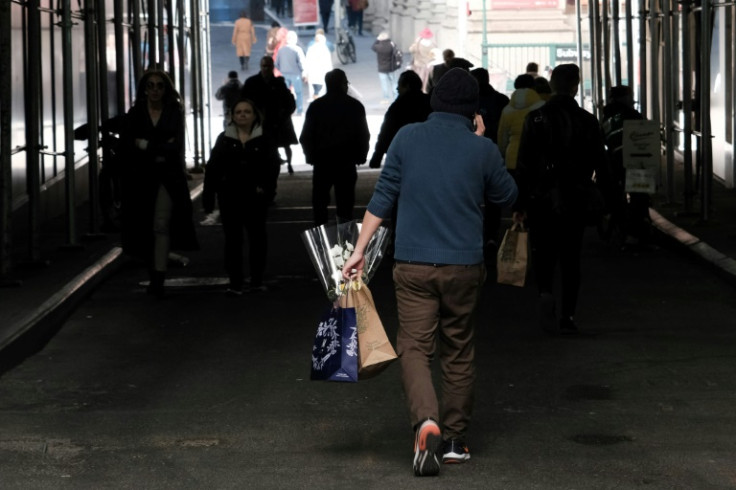US Consumer Inflation Eases For 11th Straight Month

Consumer inflation in the United States cooled for an 11th straight month on an annual basis in May, the Labor Department said Tuesday, in an encouraging sign for policymakers.
The data comes as Federal Reserve officials are set to begin a two-day policy meeting on Tuesday, with the figures expected to have a bearing on their interest rate decision at the end of the gathering.
While the US central bank has embarked on an aggressive campaign of rate hikes, lifting the benchmark lending rate 10 times in a row since early last year, it is widely anticipated to pause this week.
Government figures released Tuesday show that the consumer price index (CPI), a key gauge of inflation, jumped 4.0 percent from a year ago in May, in line with analyst expectations and down from a 4.9 percent rise in April.
This brings it to the lowest level in around two years, and less than half the peak rate of 9.1 percent in mid-2022.
But analysts caution that Fed policymakers are likely looking for a more sustained trend of cooling growth before they end their cycle of rate hikes.
On a monthly basis, CPI rose 0.1 percent in May, decelerating from 0.4 percent in April, the Labor Department said.
Excluding the volatile food and energy components, consumer inflation was up 5.3 percent over the last 12 months.
"The index for shelter was the largest contributor to the monthly all items increase, followed by an increase in the index for used cars and trucks," said the Labor Department in a statement.
Oren Klachkin, lead US economist at Oxford Economics, told AFP: "A month's worth of data won't ease policymakers' worries. They want to see clear trends that inflation is cooling and that the economy is slowing."
"We haven't had that so far, so there's a risk of more rate hikes in the second half of 2023," he added.
For now, halting further rate hikes will allow policymakers more time to assess the economic impact of existing increases, which come on top of recent pressures in the banking sector.
Rubeela Farooqi, chief US economist at High Frequency Economics, added in a note that the figures reflect that underlying inflation "remained elevated but showed improvement," and would unlikely change expectations of the Fed's rate decision.
"As for the future path of policy, incoming information on inflation, the labor market as well as considerations about credit conditions will determine whether the (Federal Open Market Committee) is done raising rates or if more tightening is needed," she said.
© Copyright AFP 2024. All rights reserved.







